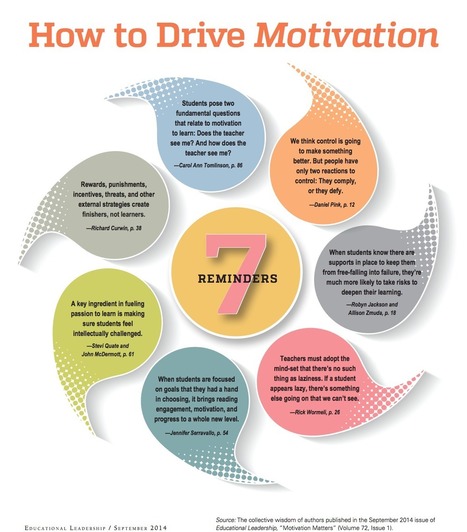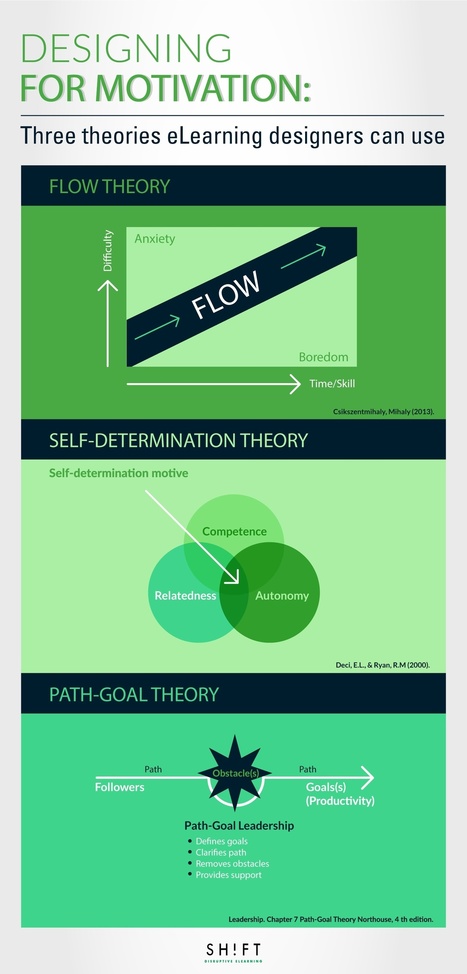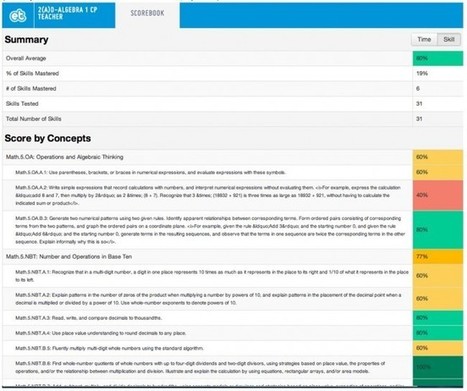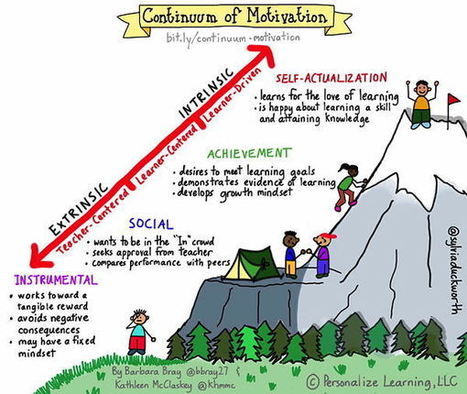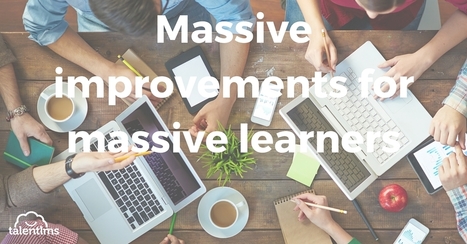Charlotte N.C. (March 10, 2021) — Goal-setting and having a voice in their own learning are powerful motivators for students, especially those in high school. To help educators use these strategies to support social and emotional learning (SEL), Aperture Education has created the Aperture Student Portal for high school students, an online platform that gives students access to the DESSA-High School Edition Student Self-Report, goal-setting tools, and immediate feedback to help them grow in their social and emotional competencies. These competencies, which include self-management, personal responsibility, decision making and more, are vital for career and college readiness and imperative for any student navigating the dynamic challenges of distance or hybrid learning. The platform is gamified to optimize student engagement and motivation. Because the portal can be accessed online, teachers can use it to support SEL both in the classroom and during distance learnin
Get Started for FREE
Sign up with Facebook Sign up with X
I don't have a Facebook or a X account
 Your new post is loading... Your new post is loading...
 Your new post is loading... Your new post is loading...

Ruth Virginia Barton's curator insight,
October 27, 2015 1:31 PM
This article's headline got to me initially; it really got to me when it said creative people are not just finding solutions; they're finding problems! Ding ding ding ding ding!! This also won me over: 'The 'So What?' leads to student initiated inquiry." When absorbing content, I believe in allowing the student to initiate the inquiry into their own "So What?"
Bee Rum's curator insight,
October 28, 2015 8:11 AM
Students have trouble formulating opinions and creating ideas; we must help them generate thoughts and problem solve by sharing frameworks for thinking. |

Sue Alexander's curator insight,
March 26, 2016 8:41 AM
I love this graphic and the information in the article is solid. Imagine a room full of mountain toppers.

Tony Guzman's curator insight,
October 30, 2015 10:56 AM
This article shares a few ideas on how to keep online learners motivated within your courses, specially when you have a large class size. 
Mark William's curator insight,
November 3, 2015 1:05 AM
Here are the four important motivation strategies for online education environments with massive learners
|












